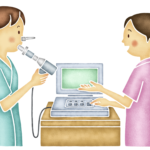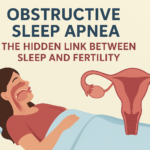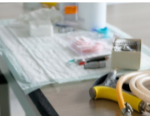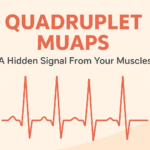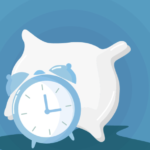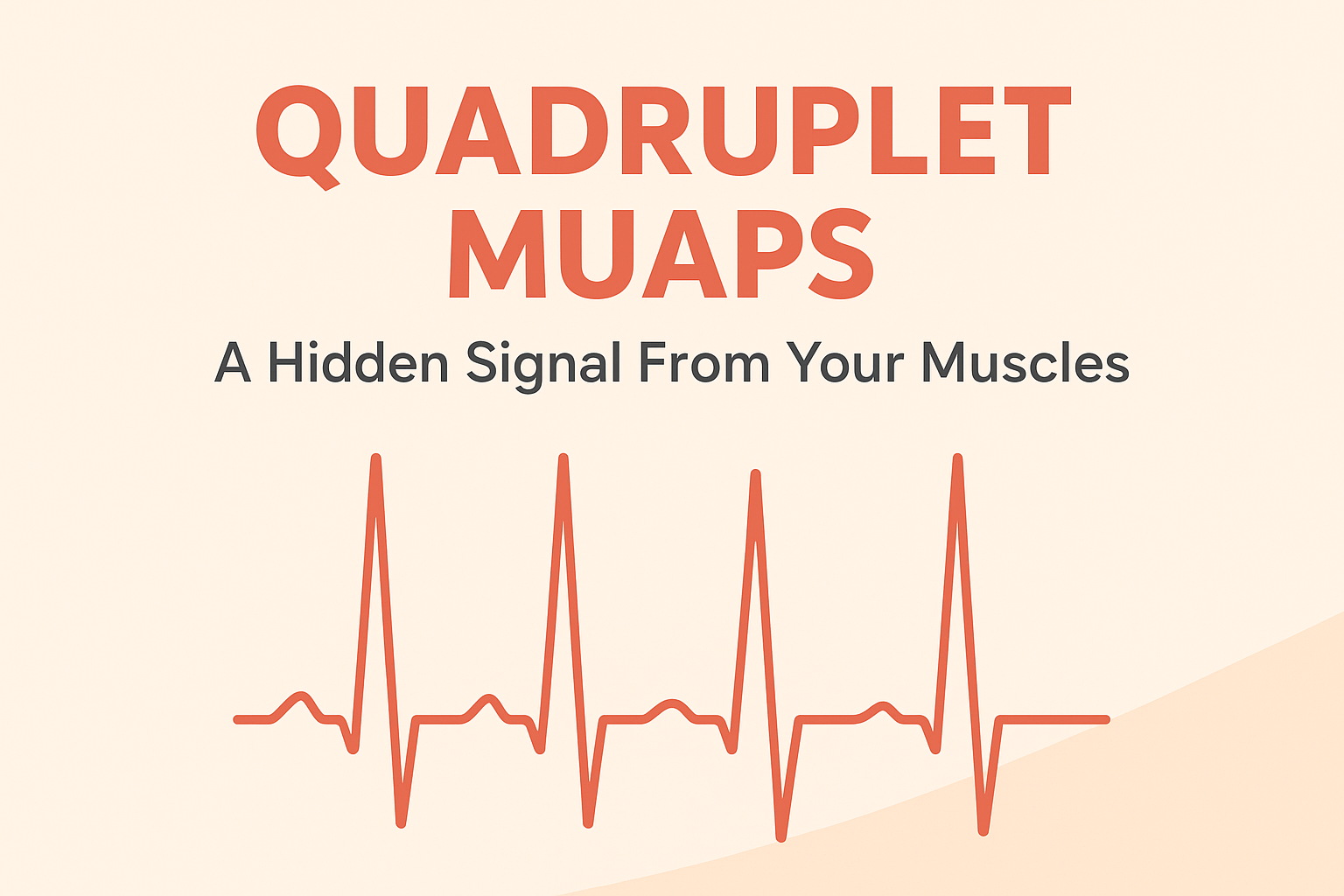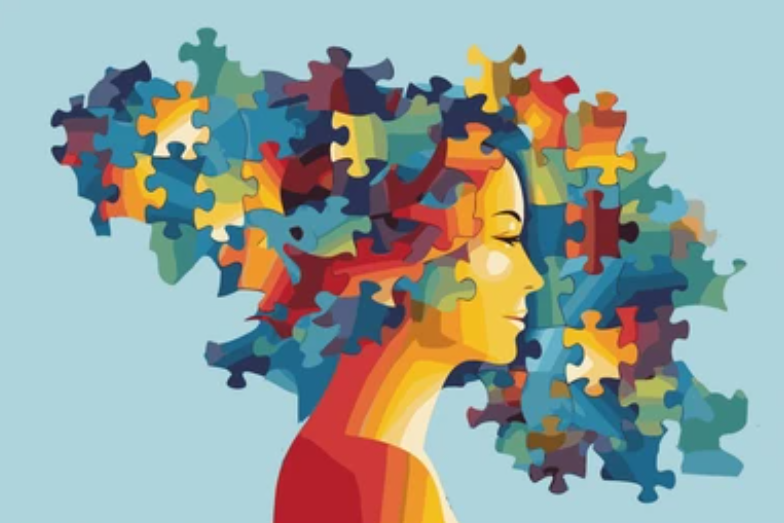
Management of Stroke
Stroke disease is the 2nd highest leading cause of death and disabilities worldwide causing almost 5.5 million deaths each year. The most important step in the management of stroke disease is to act as fast as possible, remember the phrase, “Time is brain”. As soon as you notice signs of stroke disease in yourself or in the person around you, he/she must immediately be rushed to the hospital for the appropriate medical care and stroke treatments, to minimize the permanent damage to the brain.
How to recognize the symptoms of stroke disease?
The key to management of stroke is recognizing the symptoms that suddenly occur that include: Numbness in the face or drooping of the face, particularly on one side.
- Numbness in the arm
- Slurred speech
- Difficulty in seeing with one or both eyes
- Headache
Immediate management of stroke
If YOU think someone is experiencing stroke disease, remember the acronym F.A.S.T. and ask the person to do the following :
F- Face– Ask the person to smile and see off there is any drooping on any side of the face.
A-Arm– Ask the person to lift up their arms and see if there is any difficulty in doing so.
S -Speech– Ask the person to speak and see if there is any slurred speech
T-Time -Rush the person to the hospital immediately where he or she will receive stroke treatments.
These are key elements of management of stroke.
Risk factors for getting stroke disease
The probability of getting a stroke increases with age, but around 10-15 % of sufferers of stroke are under the age of 40. Management of stroke before it occurs rather than receiving stroke treatments is important and research shows that stroke disease occurs due to various lifestyle factors.
- A paper published in 2018 in Korea showed that metabolically unhealthy individuals were more at risk of stroke disease than metabolically healthy obese individuals, hence maintaining weight and a good BMI is important to reduce the risk of stroke.
- According to a paper published in 2010 people who get migraines are more at risk of getting an ischemic stroke.
- A meta-analysis review paper published in 2011, found that depression was associated with a higher risk of getting stroke and mortality from stroke even after stroke treatments.
- A paper published in 2014 found that high intake of alcohol, heavy drinking, binge drinking, increased the risk of stroke.
- The previous history of stroke disease, high blood pressure, high cholesterol, heart disease, and diabetes also increases your risk of getting a stroke, and hence adopting a healthier lifestyle is key to the management of stroke.
Prevention is better than cure
According to the Centre for Disease Control and Prevention, instead of receiving stroke treatments after they occur, one can reduce the risk of stroke disease by adopting a healthier life style that includes, following a healthy diet that is rich in nutrients and vitamin and low in fats and oils, regular exercise and watching out for excessive weight gain and obesity, maintaining a good BMI, avoiding excessive alcohol consumption and avoiding smoking.
In conclusion, ‘Time’ is a very important factor when it comes to the management of stroke and immediate action after noticing symptoms of stroke disease should be taken. Prevention of stroke disease by adopting a healthier lifestyle and reducing the risk factors is also important in the management of stroke and to avoid the chances of getting a stroke.
To seek help or know more about stroke symptoms and stroke management, you can visit the Neurology and Sleep Centre, the 1st sleep centre in the country accredited by the Indian Board of Sleep Medicine at L-23, Hauz Khas Enclave, New Delhi, Delhi-110016 (INDIA)
Or give a call on +91-11-46070321, +91-9643500270,
Or write toinfo@neurologysleepcentre.com
You visit us at www.neurologysleepcentre.com

